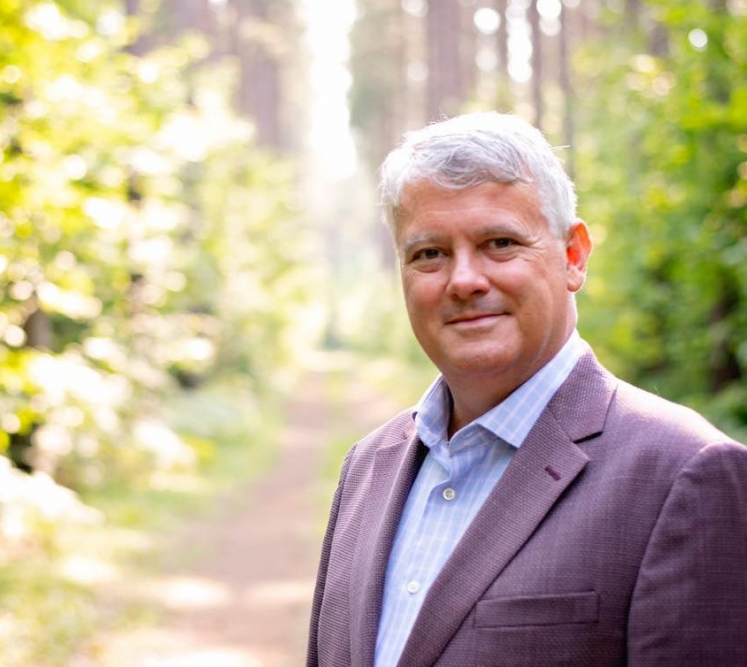I have a suggestion for the United Steelworkers who have launched a lawsuit against the Group Health Centre, claiming it breached the contract in which members were guaranteed life-time care for contributing $135 each toward its creation, starting as far back as 1959.
Show us a copy of the agreement.
If it does indeed say that, I think that would go a long way toward getting support from the whole community.
At the moment, we only have Mike Da Prat, president of Local 2251, telling us that that is the case.
The GHC website says it “promised its members primary and preventative care with no out-of-pocket cost at a time before provincial health insurance existed.”
But what does that mean now? when we have universal health care in the country.
I think Da Prat could also tell us the name of the Toronto law firm that is handling the Steelworkers’ case in its attempt to block the GHC from carrying through with its derostering of 10,000 of its patients.
The union also wants to see the governance returned to the pre-2012 model under which the GHC operated. It claims that model didn’t tie patients to a specific physician, as has been the case since.
“This is about getting the governance back to the way it was and to stop this derostering until we get things figured out,” Da Prat was quoted in news stories.
The union is looking for retirees, their spouses or surviving spouses, to add their names as plaintiffs to the lawsuit but didn’t give any indication of how many are out there.
I wouldn’t think there are that many, considering donations were being taken as far back as 1959 and the GHC opened in 1963. Most who contributed probably would have been at least 20 at the time, which would put them at least in their late 70s now.
I don’t see where adding them to the lawsuit would make a difference anyway. It should be the wording in the contract that will be the decisive factor.
And what are the plans if the union wins?
Once the “brickers” are accommodated, then what? If the “brickers” are placed with another physician, does that mean a person in that doctor’s practice is bumped.
Actually I am having a hard time believing the union is actually going this route.
The GHC is caught between a rock and a hard place. If it doesn’t have the physicians to provide care for all within its roster, then what course does it have other than to reduce its roster.
I suppose it could just add to its wait time for service but I don’t think that would go over well either.
The GHC got great service from physicians who retired and came back to help out. But they couldn’t be expected to remain forever, being entitled to retirement just as much as everyone else.
No magic wand is going to bring us more physicians in a hurry, especially if government says we have to wait for graduates of medical schools.
The Ontario Medical Association expects that half the physicians currently working in Northern Ontario will retire over the next five years.
If they are to be replaced, along with medical school graduates we have to turn to getting foreign doctors who are in the country working at other jobs trained to work in health care here.
Last fall, B.C. introduced new fair credential recognition legislation that aimed to reduce barriers for internationally trained professionals, which includes doctors, seeking jobs in B.C. It will come into effect this summer.
Premier David Eby said the province was tripling the number of seats in the Practice Ready Assessment program, going from 32 spots to 96.
The program allows internationally-educated family doctors to become licensed to work in B.C, placing them in rural and urban communities who need more physicians and requiring they work that placement for at least three years.
In another change, Eby says international medical graduates who are not eligible to be fully or provisionally licensed in B.C. may now be eligible for a new “associate physician” class of registration with the College of Physicians and Surgeons of B.C.
Associate physicians can care for patients under the direction and supervision of an attending physician within a health authority acute-care setting.
As I mentioned in a previous column, this pretty well fits in with what John Marrack, a GHC physician, expressed in a letter to Premier Ford.
“I am reliably informed that there are in excess of 40 foreign trained physicians residing in the Soo,” he said in his letter.
“The joke circulating is that you are more likely to get timely medical attention in Canadian Tire than you are at the Sault Area Hospital as there is almost always a fully qualified doctor and nurse working there.”
Marrack said government has made it more difficult for physicians from anywhere abroad to obtain a licence here whereas he believes foreign-trained doctors already here must be fast tracked into the system as soon as possible.
Marrack’s argument is bolstered by statistics from HealthForceOntario, which show that in this province alone there are 13,000 internationally trained doctors who are not currently working in their field.
The Group Health Centre is not alone in facing a shortage of physicians. It is not only province-wide, but Canada-wide.
The federal and provincial governments must get off their asses and make some moves to get these foreign-trained doctors into their proper workplaces, hospitals and clinics, rather than retail outlets such as Canadian Tire.
Only then will this crisis of a shortage of physicians begin to ease.







We should not be meddling in UNION business.